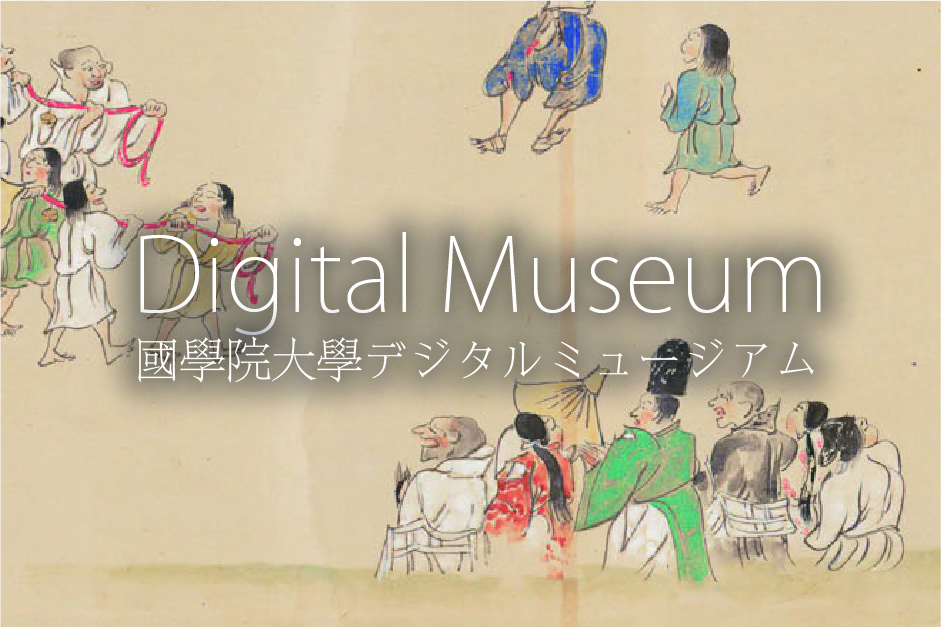- トップ
- Encyclopedia of Shinto
- Kunaishō
Encyclopedia of Shinto
| Main Menu: | |
| Links: |
詳細表示 (Complete Article)
| カテゴリー1: | 3. Institutions and Administrative Practices |
|---|---|
| カテゴリー2: | The Emperor |
| Title | Kunaishō |
| Text | (Imperial Household Ministry) Originally, the Kunaishō, which was in charge of all court affairs, was one of the eight agencies established under the ritsuryō system. With the dissolution of the ritsuryō system, however, the ministry gradually lost its actual power, and only returned to prominence with the Meiji Restoration in 1868. The Kunaishō began as part of the Daijōkan in 1869 and, with the establishment of the cabinet system, became an independent ministry in 1885. This organ was the primary authority for all matters related to the imperial household, with the Minister of the Imperial Household (kunai daijin) holding ultimate responsibility (i.e., administration of ministry officials, supervision of noble families [kazoku], and countersigner for all imperial rescripts). The ministry was comprised of the Secretariat of the Minister (Daijin kanbō), Department of Imperial Attendants (Jijūshoku), Board of Ceremonies (Shikibushoku), the Department of Aristocratic Affairs (Sōchitsuryō), the Department of Imperial Mausolea, the Imperial Library, the Imperial Doctor, the Imperial Kitchen, the Imperial Treasury (Kuraryō), the Bureau of Imperial Artisans (Takumiryō), the Imperial Stable, the Agency of the Empress Dowager (Kōtaigōgūshoku), the Agency of the Empress (Kōgōgū), the Bureau of Imperial Forests, the Imperial Poetry Bureau (Outadokoro), Gakushūin University, and Gakushūin Women's College. In the postwar period, a GHQ decree led to drastic cuts and restructuring of the ministry. In 1947 it was renamed the Kunaifu, and, two years later, reorganized as an affiliated agency of the Prime Minister's office, now named the Kunaichō. Currently it operates under the jurisdiction of the Cabinet Office. — Ōhara Yasuo |





